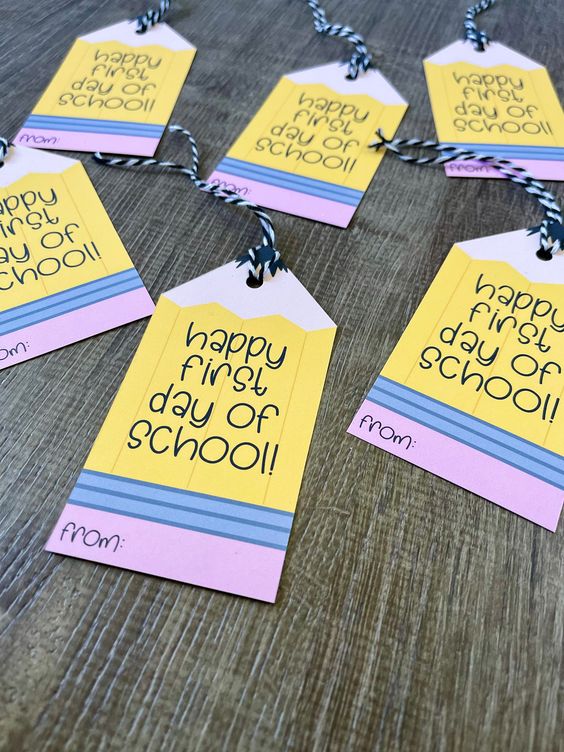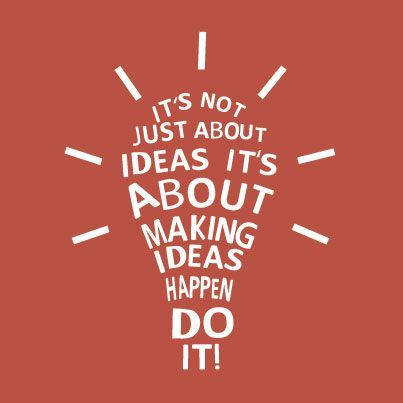Introduction
In the ever-evolving landscape of education, teachers constantly seek fresh approaches to create engaging and effective learning experiences for their students. CPD Magazine serves as a valuable resource for educators by offering creative ideas on teaching, learning, managing teams, and spotlighting essential teaching books. In this article, we will explore some of the innovative strategies recommended by CPD Magazine.
Creative Ideas for Teaching and Learning
1.Gamification: Incorporate game elements into the classroom to motivate students and make learning more enjoyable. Gamifying lessons can involve point systems, leaderboards, or even creating a full-scale quest with challenges that align with learning objectives.
2.Project-Based Learning: Students gain deeper knowledge through hands-on experiences and real-world applications. Incorporating projects into the curriculum helps students build problem-solving skills, teamwork, and responsibility.
3.Flipped Classroom: Teachers provide students with instructional content to review at home, while class time is dedicated to discussions, group work, and personalized support. By prioritizing active engagement in class, educators allow students to develop a strong understanding of the subject matter.
4.Mind Mapping: Encouraging students to create visual representations of concepts helps them organize their thoughts and connect ideas better. Teachers can use mind mapping activities with a range of subjects to boost creativity and comprehension.
Managing Teams in Educational Environments
1.Establish Clear Goals: Clarify expectations and define objectives for all team members so that everyone is working towards a unified vision.
2.Foster Open Communication: Encourage team members to express their thoughts and ideas openly while emphasizing active listening skills among colleagues.
3.Provide Regular Feedback: Recognize achievements, offer constructive criticism, and identify opportunities for growth through timely feedback sessions.
4.Encourage Collaboration: Teamwork thrives when educators collaborate on projects or share resources, creating a supportive community built on shared experiences and expertise.
Must-Read Books for Teachers
1.”The Growth Mindset Coach” by Annie Brock and Heather Hundley: This book explores how to cultivate a growth mindset in students, inspiring perseverance and curiosity for lifelong learning.
2.”Teach Like a PIRATE” by Dave Burgess: A guide full of engaging and creative teaching approaches that ignite student passion for learning.
3.”The Courage to Teach” by Parker J. Palmer: Delve deep into the heart of teaching as Palmer examines the connection between the inner life of educators and their ability to educate authentically.
4.”The Power of Our Words” by Paula Denton: This insightful book delves into the importance of language in the classroom, demonstrating how conscious word choice can impact student behavior and learning.
Conclusion
In summary, CPD Magazine offers invaluable resources for teachers seeking to innovate their teaching practices and manage teams effectively. By embracing creative ideas in teaching, fostering a collaborative work environment, and engaging with insightful literature, educators can transform classrooms into dynamic hubs of learning. Stay connected with CPD Magazine to continue discovering cutting-edge strategies that shape the future of education.











